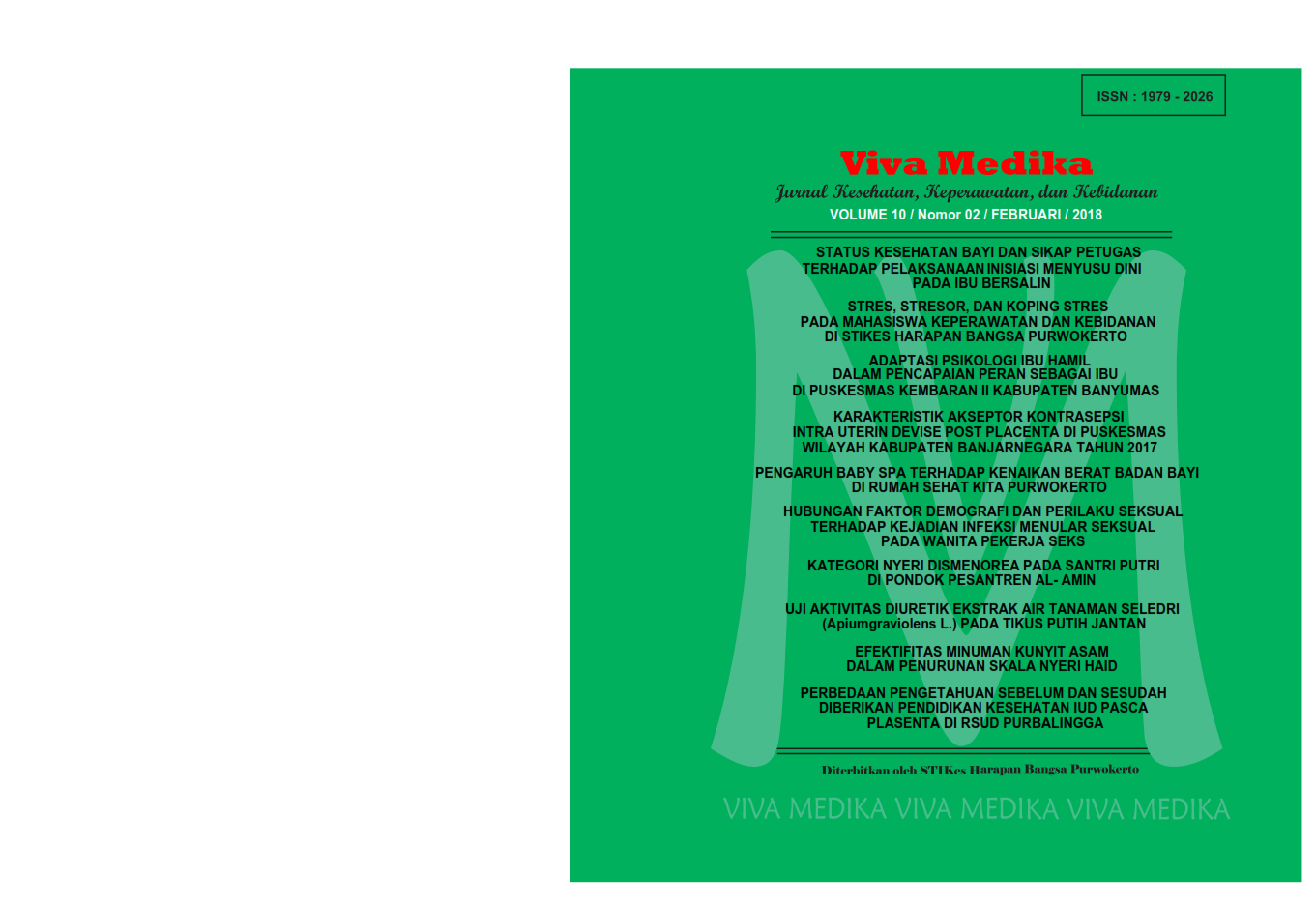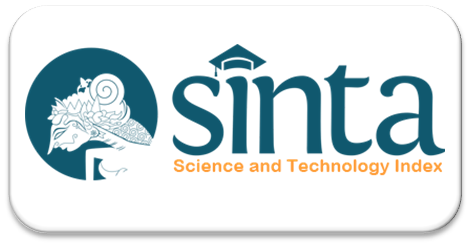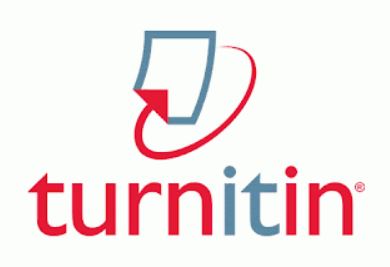Stres, Stresor dan Koping Stres Pada Mahasiswa Keperawatan dan Kebidanan Di STIKES Harapan Bangsa Purwokerto
DOI:
https://doi.org/10.35960/vm.v10i1.397Abstract
Abstract
Nursing and midwifery students during their education are often exposed to various stressors. The most common sources of stress experienced by students are assignments, exams, clinical practice workloads, and clinical/academic skills compliance. The presence of stress can affect their learning and performance. In addition, the excessive stress can be harmful to students academic performance, wellbeing, and can interfere with complex learning, psychomotor skills. The aim of this study to describe the level of stress, stressors and coping strategies of students who undergoing undergraduate nursing, nursing diploma and midwifery diploma. This cross sectional study conducted on Institute of Health Science Harapan Bangsa Purwokerto on Juni 2016. A total of 95 students of undergraduate nursing, diploma nursing, and diploma midwifery students were taken by proportionate random sampling. Research data were collected utilizing Nursing Student Stress Scale, Physio-Psycho-Social Scale, and Simplified Coping Style Questionnaire. The data analyzed by univariate analysis and presented in frequency’s distribution. Findings of this research indicated that nurse and midwifery students experienced moderate level of stress (71,5%) and moderate physio psycho social responses (54,7%). Stress from clinical environment was the most common stressor that identified (34,9%). In addition, nursing and midwifery students have an adaptive coping strategies (88,4%). The results indicated that stress is common in nursing and midwifery education and it may have an impact on their physio psycho social responses. Therefore, knowledge about stress level and its sources on nursing and midwifery students are important to identified the adaptive coping strategies.

Downloads
Published
How to Cite
Issue
Section
License
Submitted paper will be firstly reviewed by the editors to determine whether the paper meet the edition theme and submission guidelines. Papers which meet the theme and the guidelines will be assigned to selected reviewers for peer-reviews. Viva Medika: Jurnal Kesehatan, Kebidanan dan Keperawatan is a double blind peer-reviewed journal which involves reviewers based on their experties relevant to the topic of the paper. Final decision of paper acceptance is solely decided by the editors according to reviewers' comment.
Plagiarism and self-plagiarism are prohibited. Viva Medika: Jurnal Kesehatan, Kebidanan dan Keperawatan uses PlagiarismCheckerX and iThenticate to scan papers for detecting plagiarism. Thus, Appropriate citation and quotation should be used

.png)








